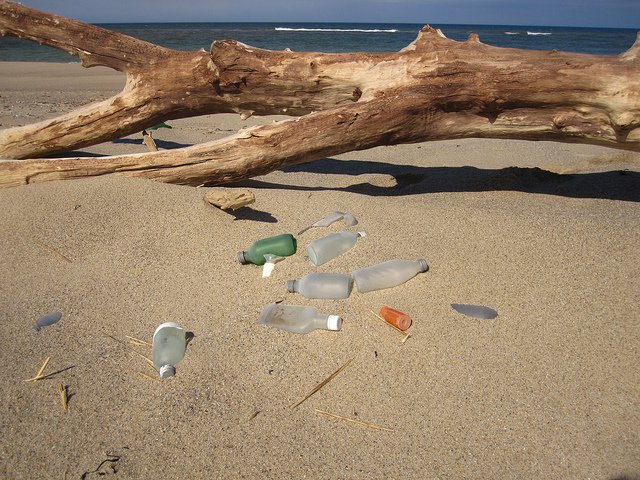Photo Theme: It’s National Oceans Month?
Yes it’s true! June is officially the month to celebrate and learn more about our planet’s ocean.
Like the air we breathe, our planet’s ocean is the same batch of water we started with.
While it is vast and we often think of our oceans as separate, they are all of the same body of water; connected to each other and to us. Landlocked or not, we make an impact and it doesn’t appear to be getting cleaner, or more plentiful of marine life as a result.
Wearing sneakers? They traveled thousands of miles across the Pacific before meeting your feet. Own a rubber ducky? It has surfed bigger waves than your bath tub could ever imagine. (Interesting how the term ‘rubber ducky’ hung on, even though for decades now these iconic toys have been taking shape from plastic.)
Day after day, massive container ships and their crews brave our planet’s most treacherous oceanic conditions to transport everyday products from continent to continent. Sometimes, conditions are bad enough that ships are heaved and tossed about, well, just like bath toys. More often than we hear about containers are lost overboard sending everything from cars, clothing, computers and toys into the big drink.
There are fascinating people who have made it their lives work to study where these items end up, and mystified beachcombers the world over (one is writing this blog). However, not every piece of unnaturalness that washes up on shorelines comes from ships and a fraction of what is out there actually washes up for us to find. There’s everyday runoff from land, our ‘things’ that blow or wash away, like balloons long past their brief spotlight, the result of storm surges, or what’s even more devastating and sad, debris from tsunamis.
Like messages in a bottle, everything goes somewhere.
We often hear of older generations making the claim that things just don’t last like they used to. In a way that’s true. Products and goods may not have the usable lifespan of generations past, but they do have one new trait in common – ingredient longevity. Hopefully you’ve heard it before and I’ll leave the details to the experts who have seen it, but plastic particles and debris from just about everything we can think of are swirling about in our oceans and getting into our marine food chain, not to mention harming marine life, at an alarming rate and amount. This isn’t something we can ignore, so let’s document together what’s washing up by you.
If you’re not near the coast, take a look at something – anything – and pretend you’re Sherlock Holmes to find out where it came from and what it took to get it there. Can you document that in a photograph?
Editor's Note: The opinions expressed in Greenversations are those of the author. They do not reflect EPA policy, endorsement, or action, and EPA does not verify the accuracy or science of the contents of the blog.

